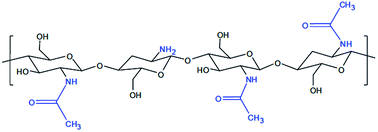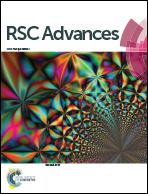The reactivity of Ti10Zr alloy in biological and electrochemical systems in the presence of chitosan
Abstract
This study presents a report on the electrochemical behavior of Ti10Zr, a material whose chemical composition (by lack of toxic elements in its composition) is highly controlled by its bio-compatibility, which is also recommended in oral implant dentistry. There has been an evaluation of the behavioral characteristics of the alloy within biological systems, such as the normal saline solutions (SF) and acid Ringer solutions (RAS), in the presence and absence of high level chitosan nano dispersions (CH) and a low level of polymerization (CL), respectively. The electrode processes within the two reference solutions (the saliva and the acid solution) led to the interface of the nanostructural rebuild, in the presence of chitosan dispersion, by obtaining an oxide and nanostructural oxy-hydroxy film (usually a mono-layer) with a passivating activity. The cyclic voltammograms indicated the fact that at the end of a 24 hour immersion in SF, bio-alloy Ti10Zr is already passivated, giving rise to a quasi-reversible oxidation–reduction process in the chitosan media in acetic acid solution. The evaluation of corrosion parameters (for example, the speed of corrosion, vcor and resistance to polarization, Rp) of the potentiodynamic polarization curves, shows that the alloy Ti10Zr is highly stable in the studied media. After the immediate immersion of the bio-alloy, its speed of corrosion grows as follows: SF < RAS < CL < CH; 24 hours after the immersion of the alloy, passivation takes place and the aggression of the media studied increases in the order SF < CL < RAS < CH. The high resistance to corrosion of the bio-alloy Ti10Zr, was also confirmed by electrochemical impedance spectroscopy. The morphology of structures studied by scanning electron microscopy (SEM), indicates some specific modifications, and correlate very well with the data obtained by cyclic voltammetry (CV) as well as linear voltammetry (LV), and electrochemical impedance spectroscopy.



 Please wait while we load your content...
Please wait while we load your content...